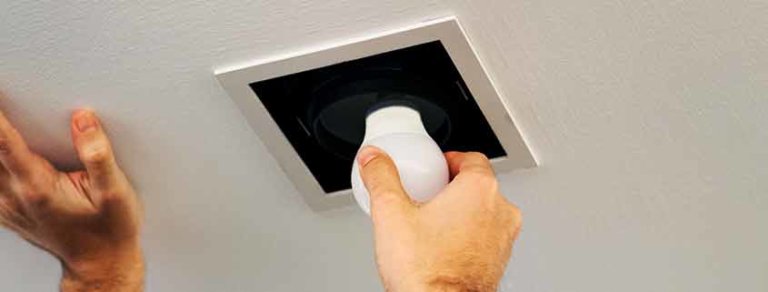INDOOR AIR POLLUTION
July 16, 2018 at Vida Sana, a non-profit entity. You can read the article below.
“THERE IS A MAJOR LEGISLATIVE GAP ON INDOOR AIR POLLUTION.”
Society is not yet aware of the pollution levels in their homes, which are higher than outdoors. People are responsible for the indoor air pollution they themselves generate.
Air quality expert Carles Surià says there is a lack of legislation and information on pollution in indoor areas and outlines several solutions.

If we spend most of our time indoors, why are we not more concerned about the air we breathe at home or in the office? Many of the pollutants legislated for outdoor air have much higher values indoors.
This is the question posed by Carles Surià, an engineer and expert in air quality measurements, who explains that society is still unaware of the level of pollution inside their homes, which is higher than in the street. A study carried out 30 years ago showed that outdoor pollutants such as lead, cadmium, arsenic, benzopyrene and benzene had values between 2 and 5 times higher in enclosed areas.
“There is a great lack of legislation on indoor air pollution, especially in homes, and this is due to the fact that the residents are responsible for the indoor air pollution that they themselves generate”, says Carles Surià.
Faced with this situation, the expert questions why the administrations do not provide more information on the risks or on how to act. “Why don’t administrations expand quality standards for consumer products to ensure that they do not emit pollutants into the indoor environment? Clearly, reducing indoor pollution would reduce healthcare spending and periods of sick leave.”
ARTIFICIAL ENVIRONMENT
According to Surià, these concentrations of toxins, which are higher indoors, are due to insufficient ventilation and also to an artificial environment caused by plastics and synthetic materials in the home, which generates an electrostatically charged atmosphere that increases the concentration of dust in the indoor environment. The harmful substances that are generated adhere to this dust and remain in the air.
Among the most frequent pollutants with higher values in homes are:
–Organic substances (VOCs): e.g. solvents or aromatic hydrocarbons, which cause respiratory problems, eye and throat irritation, dizziness, irritability and difficulty concentrating.
–Radon gas: the second leading cause of lung cancer. Naturally problematic in areas with granitic soils such as Galicia or with sandstone as in El Maresme (Barcelona). Users increase this contaminant by insufficient ventilation and by introducing radon-emitting materials into the home, such as granite in kitchens.
-Biological contamination: e.g., dust mites and molds, which cause respiratory tract effects. Their presence is increasing in homes as houses are renovated and thermal insulation is increased to save energy without due precaution. It is often renovated without allowing the permeability of water vapor, which condenses on the cold walls of the facade where the fungus expands. In these spaces, humidity increases and the right conditions are created for the proliferation of dust mites in mattresses or curtains.
–Particulate matter (PM25): they enter the respiratory system with breathing. They are among the worst pollutants for human health and are more frequent the more electrostatic charge there is in the environment. The finest particles can reach the pulmonary alveoli and from there carry harmful substances in very sensitive areas and aggravate pathologies.
SOLUTIONS
The solution? Carles Surià comments that there is a wide scope for action and that some of the solutions would include correct ventilation habits, reduction of indoor pollution sources such as artificial furniture and building materials, tobacco smoke, non-biodegradable cleaning products or carpets, control of relative humidity, plants to purify environments with low humidity, installation of extractors in bathrooms and kitchens, as well as periodic controls of indoor air quality, promotion of electric stoves and information campaigns.
As far as possible, incorporate night ventilation to avoid the accumulation of moisture generated during sleep.




